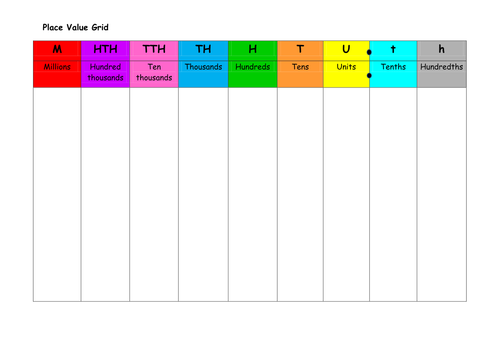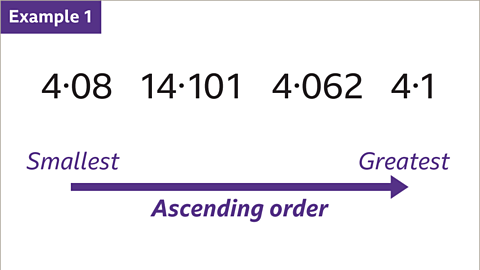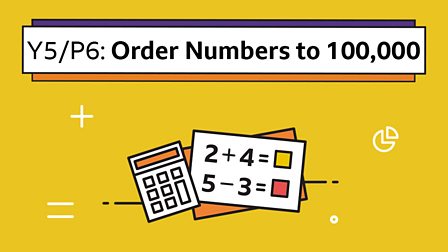Maths

Autumn 1
In Autumn, the children will be woking on Red Rose Maths. It is important that each year group follows the correct strategy. These all link the Red Rose Maths. Please see the policies below for further information.
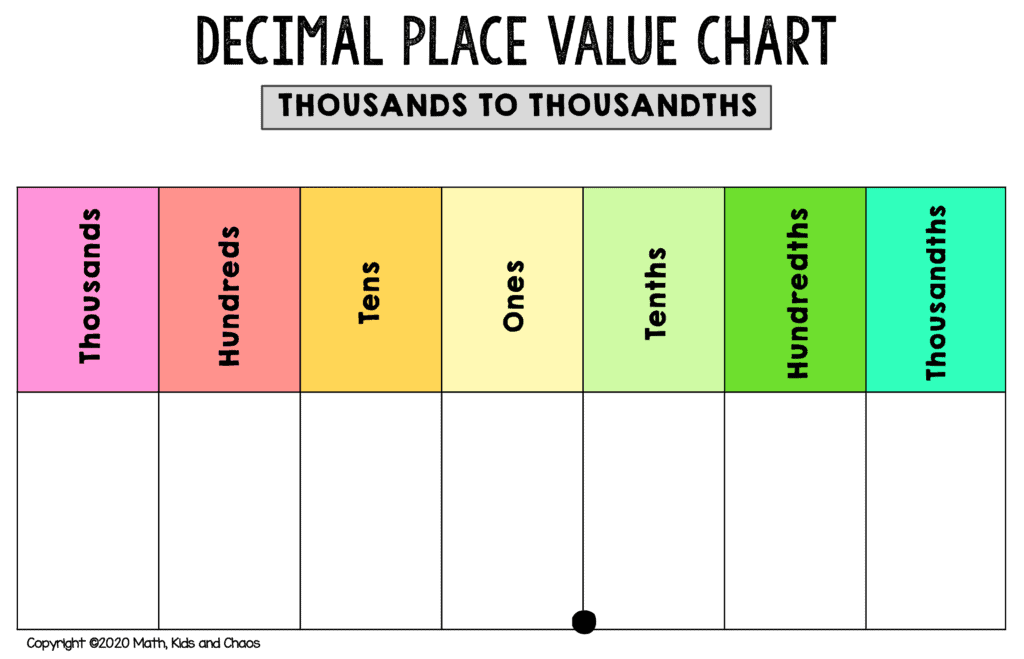
04.09.23
Below are some ways your child is learning. Different methods help the child to choose which suits them best to understand and progress further.

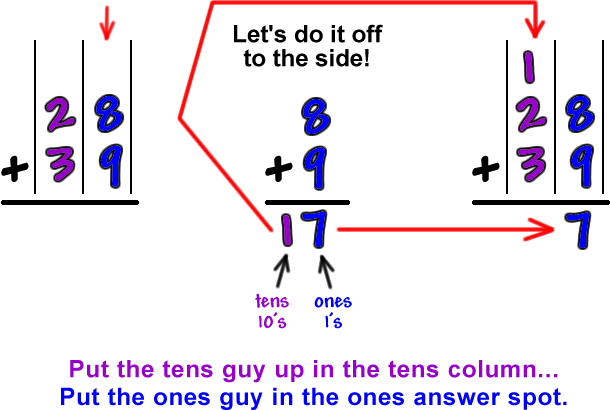


The children have been working hard this week. We have looked at partitioning numbers, finding values of the same number, looking at greater than or less than numbers and rounding numbers.
Rounding is an important skill your child will be expected to use to estimate and to check answers to calculations.
You could help your child to practise rounding with the calculations below. For each sum, you and your child could round the numbers to the nearest 10, 100, or 1000 in order to estimate the answer.
3567 + 2332
6102 + 2923
1345 + 3348
8799 – 4889
9833 – 5541
![IMG_6787[1].JPG](/uploads/378/images/IMG_6787[1].JPG)
![IMG_6786[1].JPG](/uploads/378/images/IMG_6786[1].JPG)
18.09.23
Your child will start learn to solve addition and subtraction problems involving numbers with more than four digits. They are using lots of different methods, including using objects, diagrams such as grid methods and number lines. By the end of the topice, children will start to become more confident in methods such as column addition and column subtraction.
Below are different ways you can support your child in being secure in the types of calculations.
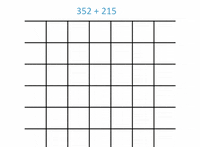
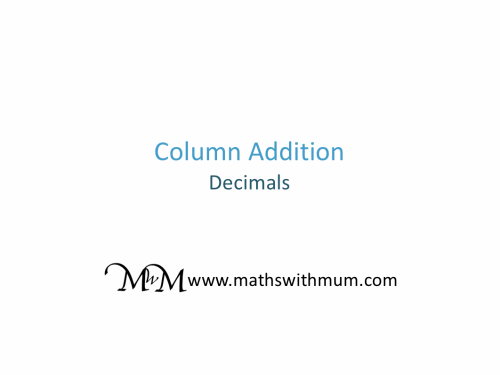




This week the children have learnt different strategies and methods to solve a variety of calculations.

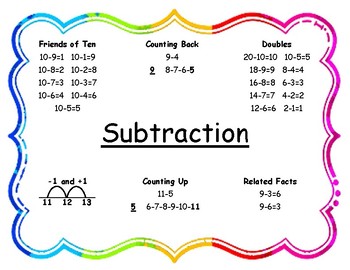


![IMG_7240[1].JPG](/uploads/378/images/IMG_7240[1].JPG)
![IMG_7241[1].JPG](/uploads/378/images/IMG_7241[1].JPG)
2nd October 2023
This week, the children will be working on adding whole numbers up to four digits.

![IMG_0051[1].JPG](/uploads/378/images/IMG_0051[1].JPG)
![IMG_0052[1].JPG](/uploads/378/images/IMG_0052[1].JPG)
![IMG_0056[1].JPG](/uploads/378/images/IMG_0056[1].JPG)
9th October

This week, the children have been looking at Statistic.


It took a while but the children are being to understand how to read and analyse the graphs.
![IMG_0220[1].JPG](/uploads/378/images/IMG_0220[1].JPG)
![IMG_0219[1].JPG](/uploads/378/images/IMG_0219[1].JPG)
![IMG_0226[1].JPG](/uploads/378/images/IMG_0226[1].JPG)
![IMG_0225[1].JPG](/uploads/378/images/IMG_0225[1].JPG)
12th October
Today, the children have been looking at Angles.
Angles are all around us. An angle is created when two straight lines meet.


The children have been busy understanding that angles have certain names and how to measure them.
![IMG_E7275[1].JPG](/uploads/378/images/IMG_E7275[1].JPG)
![IMG_7276[1].JPG](/uploads/378/images/IMG_7276[1].JPG)

16th October
The children are continuing learning all about Angles.

17th October



Perimeter is the distance around a two-dimensional shape.
The perimeter of a circle is called the circumference:
Circumference = 2π × radius
![IMG_0699[1].JPG](/uploads/378/images/IMG_0699[1].JPG)
![IMG_0697[1].JPG](/uploads/378/images/IMG_0697[1].JPG)
![IMG_0696[1].JPG](/uploads/378/images/IMG_0696[1].JPG)
![IMG_0695[1].JPG](/uploads/378/images/IMG_0695[1].JPG)
The children found thia activity a bit tricky but with help and support they perceived and cracked it in the end.

Autumn 2
This week we are looking at Mulitples and Factors



This week, the children are trying to understand the term ‘multiple’ and identify multiples within known tables or counting patterns in hundreds and thousands.
What are factors and multiples?
A multiple of a number is a number that can be divided evenly by another number without a remainder. A factor is one of two or more numbers that divides a given number without a remainder.
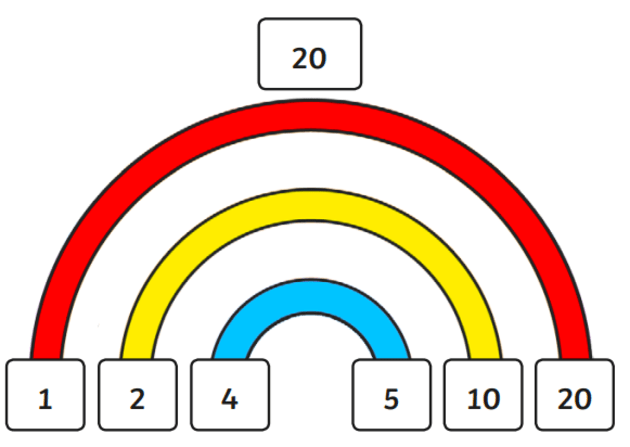
![IMG_0731[1].JPG](/uploads/378/images/IMG_0731[1].JPG)
![IMG_0730[1].JPG](/uploads/378/images/IMG_0730[1].JPG)
![IMG_0727[1].JPG](/uploads/378/images/IMG_0727[1].JPG)
7th November

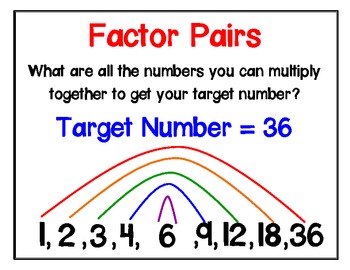
8th November
How do you divide?
What is 6396 divided by 3?
In this example we will break down the calculation using place value counters.
The place value chart shows the number 6396. There are 6 thousands, 3 hundreds, 9 tens and 6 ones. To divide this by 3, look at the values in the individual columns.
6 thousands divided by 3 is 2 thousands, 3 hundreds divided by 3 is 1 hundred, 9 tens divided by 3 is 3 tens and 6 divided by 3 is 2 ones.
So 6396 ÷ 3 = 2132.
This week, the children will be looking at Time.
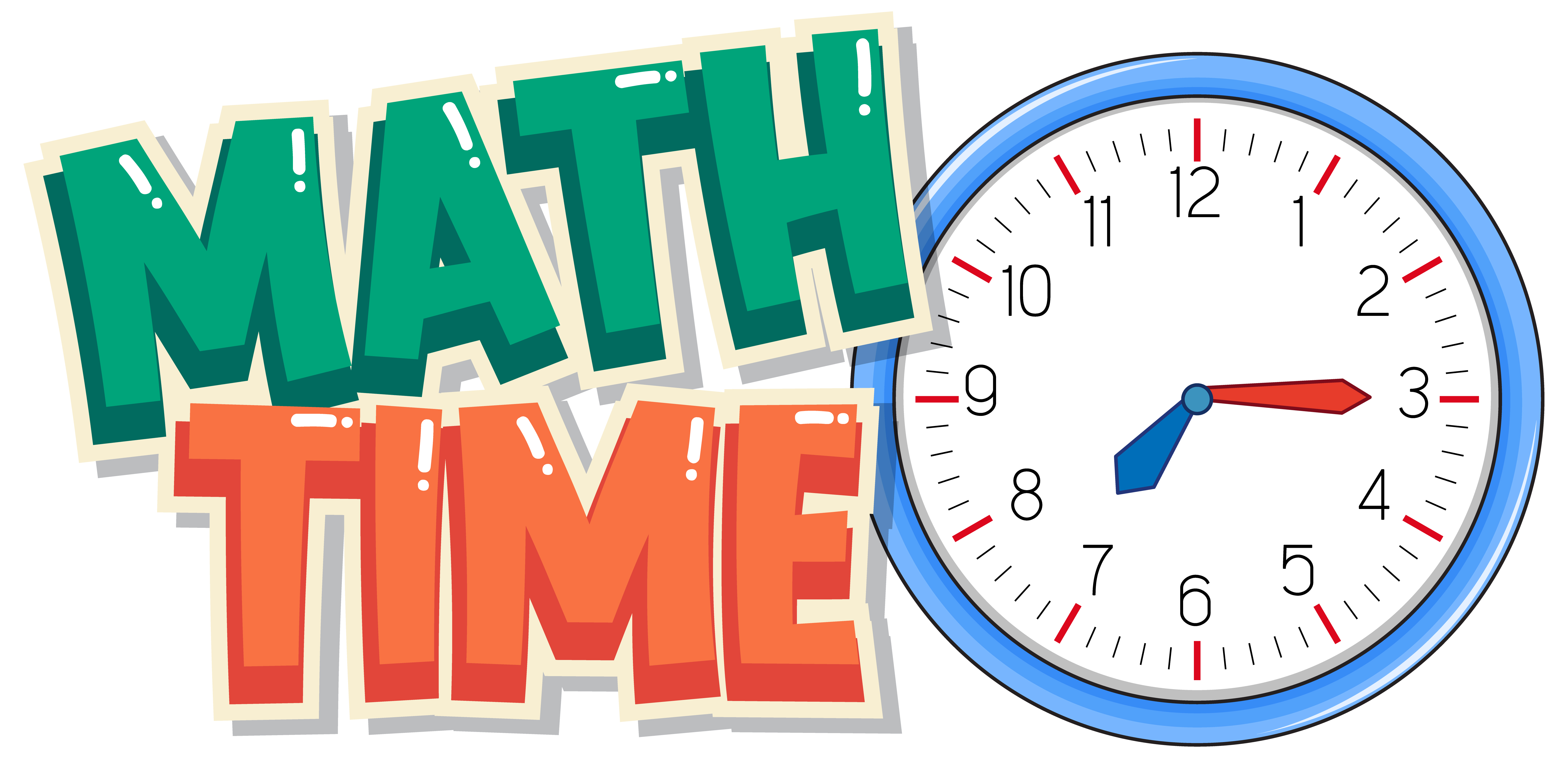
The children have been trying really hard to get their head around telling time. We gave them analoe clocks and digital clock to help them.
What time is it?
When the minute hand on a clock is pointing to 12, we say it is o'clock.
When the minute hand points to 6, we say it is half past.
Words used to describe time
Let's look at the words we can use to talk about time.
Time is measured in seconds, minutes, hours, days, weeks, months.
Telling the time to 5 minutes
When the minute hand on a clock moves from one number to the next, it has moved 5 minutes.
There are 12 numbers around the clock face, and each interval is 5 minutes, so there are 12 × 5 = 60 minutes in an hour.
Comparing time on clocks
We can also look at clocks to identify the latest time and compare time this way.
Example 2:
There are two planes flying to Barcelona tomorrow morning.
Here are the times they arrive:

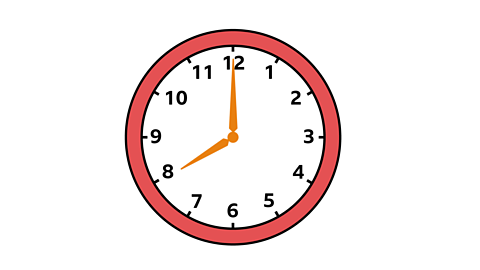
The first plane arrives at 7 o'clock.
The second plane arrives at 8 o'clock.
The first plane arrives earlier than the second plane.
The second plane arrives later than the first plane.
![IMG_7339[1].JPG](/uploads/378/images/IMG_7339[1].JPG)
![IMG_7342[1].JPG](/uploads/378/images/IMG_7342[1].JPG)
Spring 1
This week the children continued their learning about Place Value.
The children began to identify and represent numbers with 3dp.
The children used the place value chart to help them understand the value of each digit.
Key points
-
Each digit of a number has a .
-
In the decimal system, the place values are all , including hundreds, tens, units, tenths, hundredths, and thousandths.
-
In every number, each place to the left is 10 times greater and each place to the right is 10 times smaller.
-
The decimal point separates the whole numbers from the parts (or fractions) of a number. An understanding of place value is essential for ordering decimals.
-
Ordering decimals
To compare a list of decimal numbers:
-
Write the numbers in a place value table, lining up the decimal points to get each digit in the correct column.
-
If the numbers have a different amount of digits, there may be some gaps in the columns. Fill any gaps with a zero.
-
Compare the digits in the columns, starting at the left with the greatest place value.
-
A greater digit means that the number is greater.
-
When digits are equal in a column, move to the next column to the right and compare those digits.
With practise this can be done without the place value table, by writing the numbers lined up with their decimal points. The decimal point of a whole number comes after the last digit. Once each number is compared, they can be put in to or order.
Examples
Image gallerySkip image gallery -
January 2024

Multiplying by 1, 10, or 100
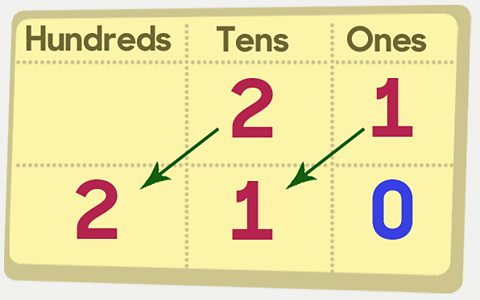
When you multiply by 1 the answer stays the same.
21 × 1 = 21
When you multiply by 10, move all the digits one place to the left, putting a zero in the empty space.
21 × 10 = 210
When you multiply by 100, move all the digits two places to the left, putting a zero in the empty spaces.
21 × 100 = 2100
Dividing by 1, 10 or 100
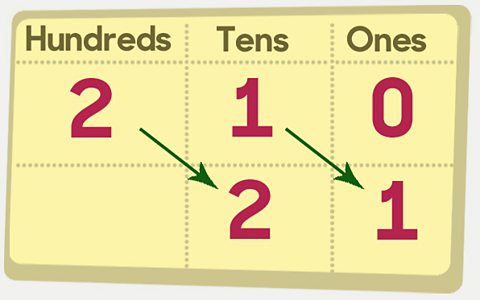
When you divide by 1 the answer stays the same.
21 ÷ 1 = 21
When you divide by 10, move all the digits one place to the right.
210 ÷ 10 = 21
When you divide by 100, move all the digits two places to the right.
2100 ÷ 100 = 21
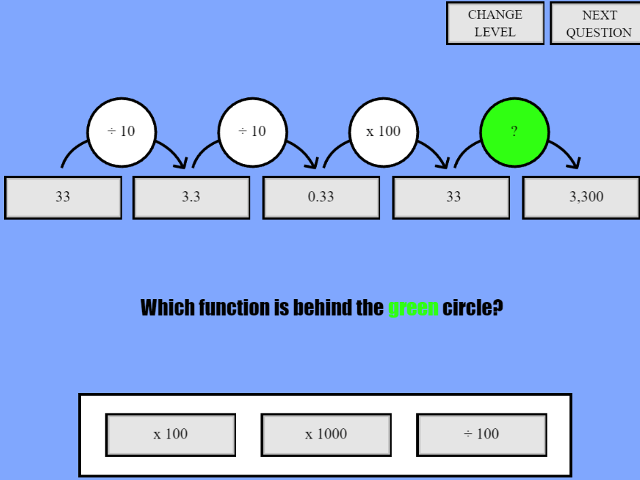

Your child will be expected to use their knowledge of place value to multiply and divide whole and decimal numbers by 10, 100 and 1000. For example, 395.5 ÷ 10 = 39.55.
Please can all parent /guardians and carers help and support their child in learning the timestables up to 12.
Please click on the link below to play games that will help your child.
Times tables games - Timestables.co.uk
Times Tables Rock Stars: Play (ttrockstars.com)
Reflection
What is reflection?

Reflection is a type of transformation. To reflect an object, you need a mirror line.
When a shape is reflected, its size does not change - the image just appears 'flipped'.
Every point on the shape is the same distance away on the other side of the mirror line.
Using squared paper can be very handy to help you reflect an object.
Let's go through the steps to reflect a shape.
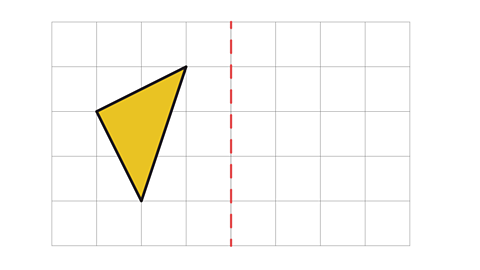
When you are reflecting a shape, you don’t need to reflect the whole shape at once.
Instead, reflect each vertex (corner) of the shape. Make sure that each vertex is the same distance away from the mirror line as the original shape.

When you have plotted the reflected vertices, you join the points together again.

There you have your reflected shape!
Sometimes you reflect shapes in a grid. The steps to reflect the shape are exactly the same, but the reflected shape will have new coordinates.
Let's take a look at another example:
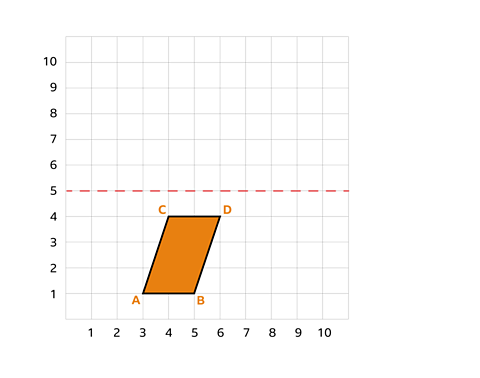
The letters represent the coordinates of the original shapes vertices.
A - (3, 1)
B - (5, 1)
C - (4, 4)
D - (6, 4)
Like before, reflect each vertex of the shape in the mirror line.
Remember to make sure that each vertex is the same amount of squares away from the mirror line as the original shape.

Now you have plotted the new vertices, join them to create the reflected shape.
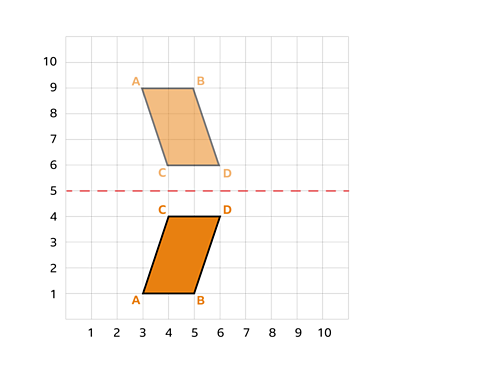
Can you see how the reflected vertices now have new coordinates?
Let’s see what they are:
| Original Coordinate | Reflected Coordinate | |
|---|---|---|
| A | (3, 1) | (3, 9) |
| B | (5, 1) | (5, 9) |
| C | (4, 4) | (4, 6) |
| D | (6, 4) | (6, 6) |
Spring 2
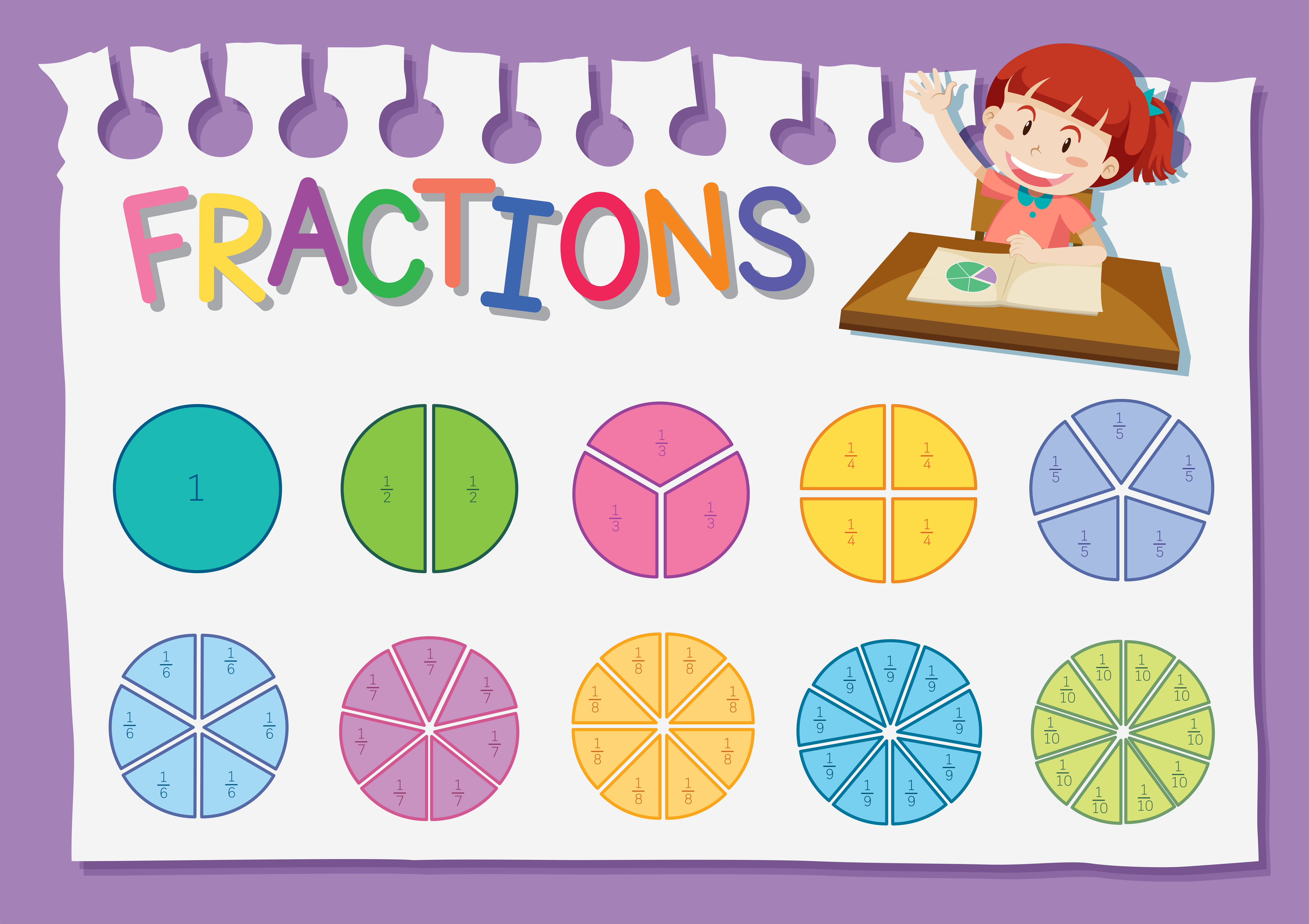
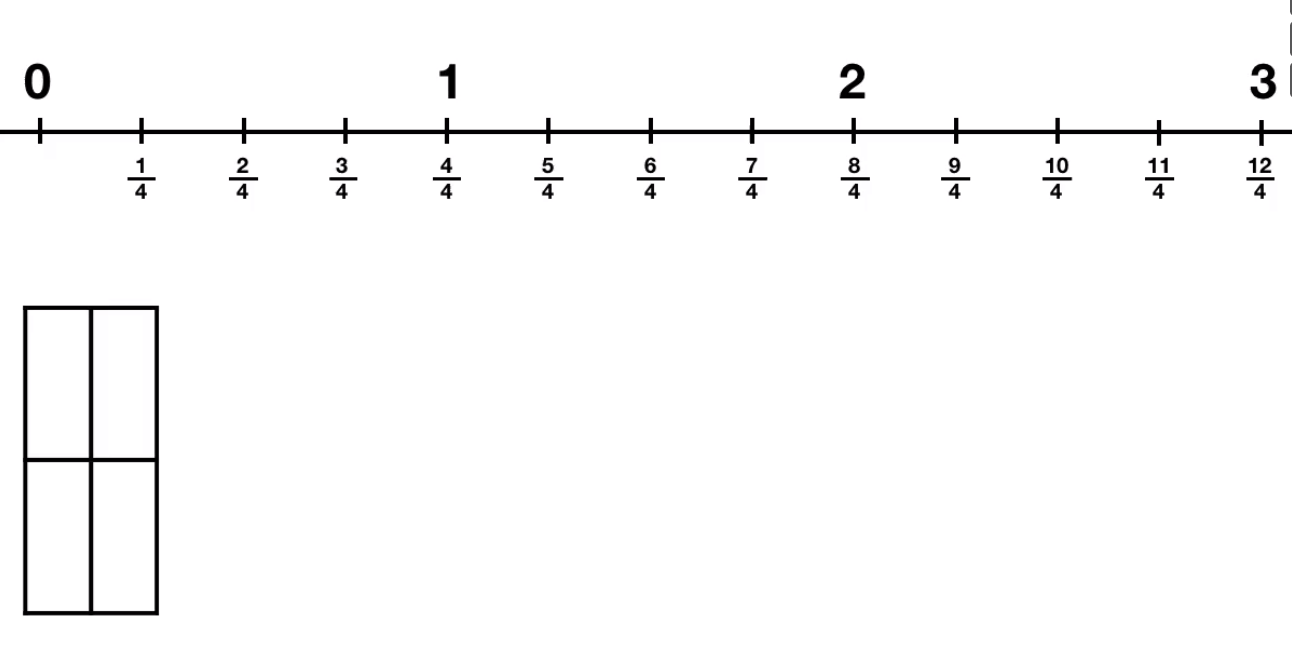

The children will be looking at Fractions this week. They will be learning Equivlent fractions, adding, subtracting, multiplying and dividing fractions and comparing fractions. I know they is quite alot to get through but the children are excited because Martes Martes love Fractions.
Please look at some of the example for further understanding.
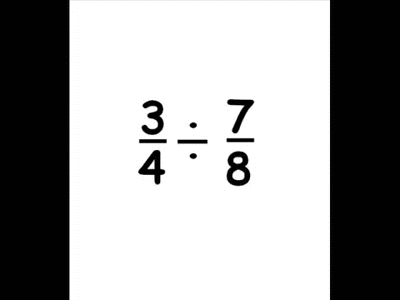 ss
ss 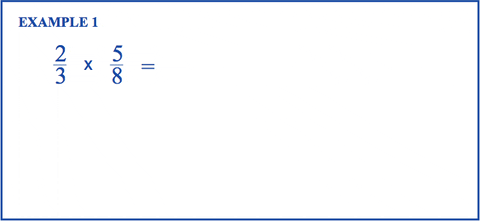
![[26+] Adding Fractions Using Models, Adding And Subtracting Fractions ...](https://i0.wp.com/www.mathswithmum.com/wp-content/uploads/2021/08/Multiplying-Whole-Numbers-by-Fractions-2.gif?resize=600%2C450&ssl=1)

Maths
This week , the children will be looking at Mode, Median, and Range.
The mean, median, mode and range are defined as:
- Mean: the average, which is found by adding up all the values in a set of data and dividing it by the total number of values you added together.
- Median: the middle number in the set of values. ...
- Mode: the number or value, which appears most often in the set.
- Range: the difference between the lowest and the highest value.
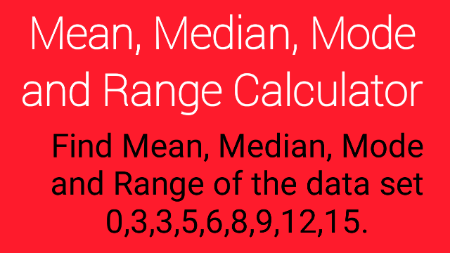
Summer 1


Well done everyone. You have remembered from our previous lessons and have shown great understanding.
This week , the children will be looking at Mode, Median, and Range.
The mean, median, mode and range are defined as:
- Mean: the average, which is found by adding up all the values in a set of data and dividing it by the total number of values you added together.
- Median: the middle number in the set of values. ...
- Mode: the number or value, which appears most often in the set.
- Range: the difference between the lowest and the highest value.

This week the children are focusing on Roman Numerals.



This week the children have been focusing on Place Value.
Rounding Decimals
https://www.bbc.co.uk/bitesize/topics/zh8dmp3/articles/zwyrf82
Converting Unit of Time
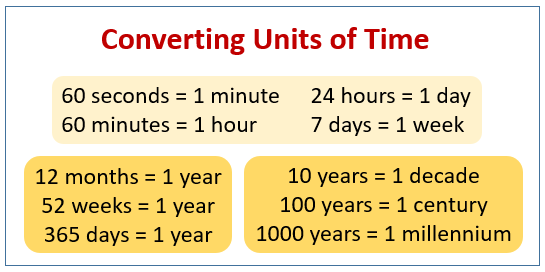
Metric Units www.bbc.co.uk/bitesize/topics/z4nsgk7/articles/zwbndxs
https://www.bbc.co.uk/bitesize/topics/z4nsgk7/articles/zqf4cwx

Imperial Units
 Reedley Primary School
Reedley Primary School![IMG_6785[1].JPG](/uploads/378/images/IMG_6785[1].JPG)
![IMG_7245[1].JPG](/uploads/378/images/IMG_7245[1].JPG)
![IMG_0055[1].JPG](/uploads/378/images/IMG_0055[1].JPG)
.JPG](/uploads/378/images/IMG_0218[1](1).JPG)
![IMG_0224[1].JPG](/uploads/378/images/IMG_0224[1].JPG)
![IMG_7277[1].JPG](/uploads/378/images/IMG_7277[1].JPG)

![IMG_0698[1].JPG](/uploads/378/images/IMG_0698[1].JPG)
![IMG_0728[1].JPG](/uploads/378/images/IMG_0728[1].JPG)
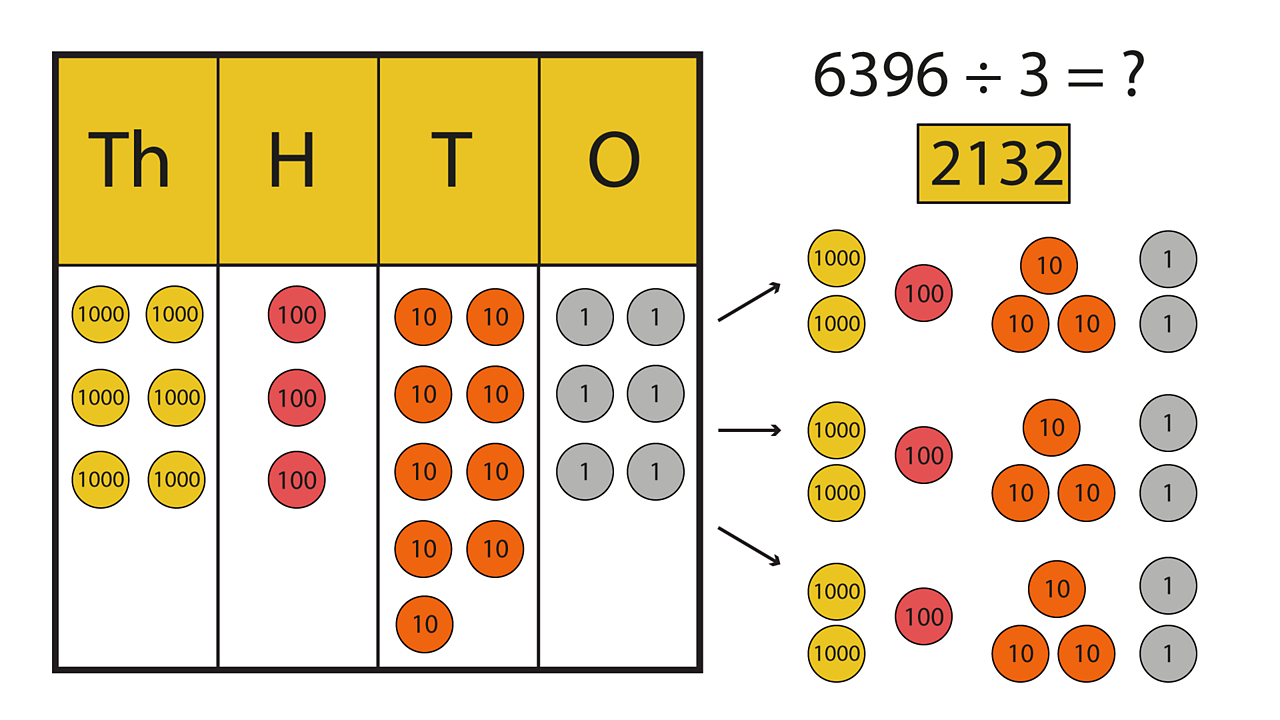


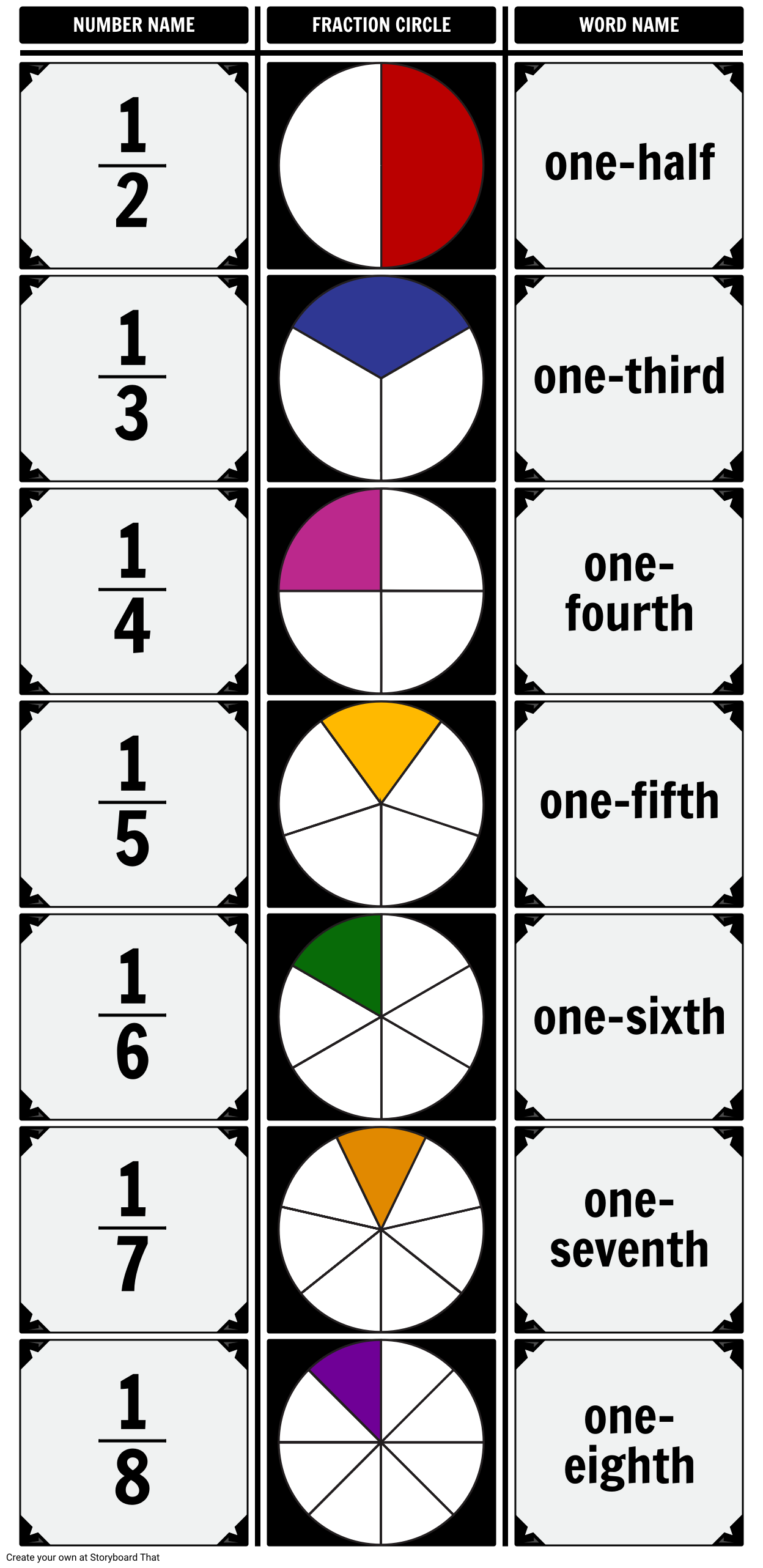




![IMG_7341[1].JPG](/uploads/378/images/IMG_7341[1].JPG)
